Hispidulin

Hispidulin structure
|
Common Name | Hispidulin | ||
|---|---|---|---|---|
| CAS Number | 1447-88-7 | Molecular Weight | 300.263 | |
| Density | 1.5±0.1 g/cm3 | Boiling Point | 601.5±55.0 °C at 760 mmHg | |
| Molecular Formula | C16H12O6 | Melting Point | N/A | |
| MSDS | USA | Flash Point | 230.1±25.0 °C | |
| Symbol |

GHS07 |
Signal Word | Warning | |
Use of HispidulinHispidulin is a natural flavone with a broad spectrum of biological activities. Hispidulin is a Pim-1 inhibitor with an IC50 of 2.71 μM. |
| Name | hispidulin |
|---|---|
| Synonym | More Synonyms |
| Description | Hispidulin is a natural flavone with a broad spectrum of biological activities. Hispidulin is a Pim-1 inhibitor with an IC50 of 2.71 μM. |
|---|---|
| Related Catalog | |
| Target |
IC50: 2.71 μM (Pim-1)[1] |
| In Vitro | Hispidulin induces cell death in a dose- and time-dependent manner in HepG2 cells. Hispidulin induces apoptosis through mitochondrial dysfunction, which is characterized by decreased Bcl-2/Bax ratio, disrupted mitochondrial membrane potential and increased release of cytochrome C and activated capase-3[2]. |
| In Vivo | Hispidulin shows significant inhibitory effect on mice tumor size[2]. Hispidulin treatment effectively prevents ovariectomy-induced body weight loss and attenuates ovariectomy-induced bone loss. Hispidulin treatment also decreases trabecular spacing in ovariectomy mice[3]. Intraperitoneally administering hispidulin(10 or 50mg/ kg) to rats 30 min before intraperitoneally injecting kainic acid (15mg/kg) increases seizure latency and decreases seizure score. In addition, hispidulin substantially attenuates kainic acid-induced hippocampal neuronal cell death, and this protective effect is accompanied by the suppression of microglial activation and the production of proinflammatory cytokines such as interleukin-1β, interleukin-6, and tumor necrosis factor-α in the hippocampus[4]. |
| Cell Assay | HepG2 cells are treated with different concentrations of hispidulin (50, 100, 200 μM) for 24, 48 and 72 h. Following treatment, cells are further incubated with MTT reagents at 37°C for 4 h before DMSO is added, to dissolve farmazan crystals, and absorbance is measured at 570 nm in a microplate reader[2]. |
| Animal Admin | Mice: Tumor are established in mice. Mice are treated with DMSO or Hispidulin at a dosage of 10, 20 or 40 mg/kg/day for 35 days. The body weight of tumour-bearing mice is recorded every week and tumour volume is calculated [2]. |
| References |
| Density | 1.5±0.1 g/cm3 |
|---|---|
| Boiling Point | 601.5±55.0 °C at 760 mmHg |
| Molecular Formula | C16H12O6 |
| Molecular Weight | 300.263 |
| Flash Point | 230.1±25.0 °C |
| Exact Mass | 300.063385 |
| PSA | 100.13000 |
| LogP | 1.60 |
| Appearance of Characters | white to beige |
| Vapour Pressure | 0.0±1.8 mmHg at 25°C |
| Index of Refraction | 1.697 |
| Storage condition | Desiccate at -20°C |
| Water Solubility | DMSO: soluble20mg/mL, clear |
| Precursor 10 | |
|---|---|
| DownStream 2 | |
| HS Code | 2914509090 |
|---|---|
| Summary | HS:2914509090 other ketones with other oxygen function VAT:17.0% Tax rebate rate:9.0% Supervision conditions:none MFN tariff:5.5% General tariff:30.0% |
|
Analysis of vervain flavonoids by HPLC/Diode array detector method. Its application to quality control.
J. Agric. Food Chem. 47(11) , 4579-82, (1999) A reversed-phase HPLC procedure is proposed for the determination of seven flavonoids (luteolin, nepetin, hispidulin, jaceosidin, cirsimaritin, cirsilineol, and eupatorin) in vervain samples. A simple... |
|
|
Inhibition of [methyl-3H]diazepam binding to rat brain membranes in vitro by dinatin and skrofulein.
Zhongguo Yao Li Xue Bao 15(5) , 385-8, (1994) Two flavones, 4',5,7-trihydroxy-6-methoxy flavone (dinatin) and 4',5-dihydroxy-6, 7-dimethoxy flavone (skrofulein), were extracted from Artemisia herba alba L. Dinatin and skrofulein inhibited the bin... |
|
|
Chemical fingerprint and quantitative analysis of Salvia plebeia R.Br. by high-performance liquid chromatography.
J. Pharm. Biomed. Anal. 48(1) , 100-4, (2008) To control the quality of Salvia plebeia R.Br., a simple and reliable method of high-performance liquid chromatography coupled with photodiode array detector (HPLC-DAD) was developed both for fingerpr... |
| Dinatin |
| Scutellarein 6-methyl ether |
| 6-O-Methylapigenin |
| TCMDC-123942 |
| 4H-1-Benzopyran-4-one, 5,7-dihydroxy-2-(4-hydroxyphenyl)-6-methoxy- |
| 4',5,7-Trihydroxy-6-methoxyflavone |
| 5,7-dihydroxy-2-(4-hydroxyphenyl)-6-methoxychromen-4-one |
| Hispidulin |
| 6-O-Methoxyapigenin |
| 5,7,4'-trihydroxy-6-methoxyflavone |
| 5,7-Dihydroxy-2-(4-hydroxyphenyl)-6-methoxy-4H-chromen-4-one |
| Flavone, 4',5,7-trihydroxy-6-methoxy- |
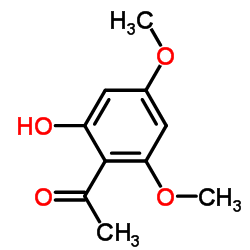 CAS#:90-24-4
CAS#:90-24-4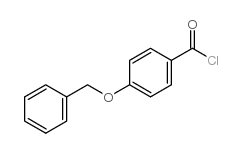 CAS#:1486-50-6
CAS#:1486-50-6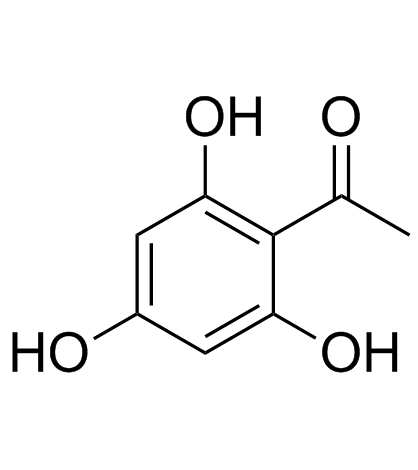 CAS#:480-66-0
CAS#:480-66-0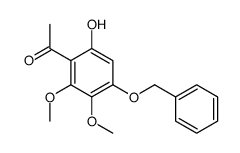 CAS#:25892-95-9
CAS#:25892-95-9 CAS#:3602-54-8
CAS#:3602-54-8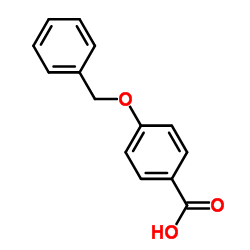 CAS#:1486-51-7
CAS#:1486-51-7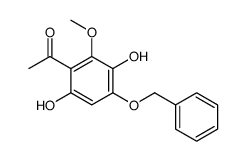 CAS#:25892-94-8
CAS#:25892-94-8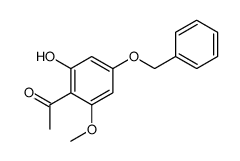 CAS#:39548-89-5
CAS#:39548-89-5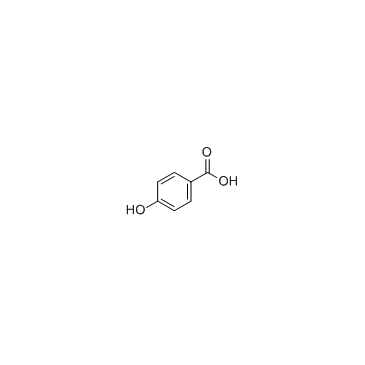 CAS#:99-96-7
CAS#:99-96-7 CAS#:17680-84-1
CAS#:17680-84-1![[2-acetyloxy-4-(5,7-diacetyloxy-4-oxochromen-2-yl)phenyl] acetate structure](https://image.chemsrc.com/caspic/096/1061-93-4.png) CAS#:1061-93-4
CAS#:1061-93-4 CAS#:529-53-3
CAS#:529-53-3
